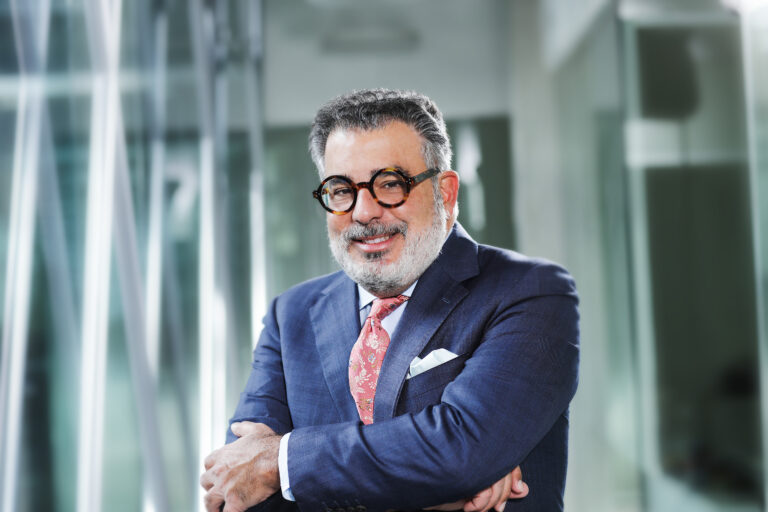Dominican Republic, an international benchmark
President Abinader said that the Dominican Republic has become an international benchmark in the management of the covid-19 pandemic and economic recovery.
The President explained that, last year 2022, the country’s Gross Domestic Product (GDP) reached a remarkable annual growth of 4.9%, higher than the average for Latin America, which “places the Dominican Republic among the countries with the most global economic growth in 2022 and consolidates our economy as one of the most dynamic in Latin America.”
He stressed that, in 2022, the Dominican Republic surpassed Ecuador in Gross Domestic Product, adjusted for purchasing power parity, becoming the seventh largest economy in Latin America.
The Head of State also indicated that the year 2022 closed with the highest level of international foreign exchange reserves in history, with 14,436 million dollars, and that the Dominican peso exhibited a 2% appreciation, contrary to the depreciation seen in most countries’ currencies. He pointed out that the exchange rate is 56 pesos per dollar compared to July 59, 2020.
“This Dominican economy’s good climate has made new investments possible. According to preliminary figures from the Central Bank, foreign direct investment increased by more than 27% compared to the previous 2021, reaching an unprecedented figure in the Dominican Republic of more than 3,950 million dollars, which shows the enormous confidence foreign investors have in our economy, even in an adverse international economic situation.”
Abinader also stressed that the current government administration managed to reduce interest payments on the public debt of 2022 by RD $ 5,523 million pesos, product of the appreciation of the national currency and the operation of liability management.
“At the end of 2022, the consolidated debt with respect to the Gross Domestic Product was 59.1%. When we took office in August 2020, this indicator was 61%. This decline was achieved despite having faced the largest external shock in history and inflation caused by Russia’s invasion of Ukraine,” he said.
In his speech, the president indicated that, during 2022, the Government also had to face the expenses caused by Hurricane Fiona, amounting to more than 16,000 million pesos, “which we faced with our own resources and without resorting to external financing.”
“This prudent and proactive management of the debt has been recognized by the International Monetary Fund, which in its latest report concludes that our country’s public debt is sustainable and that the policies that have been adopted are adequate,” Abinader said.
On the other hand, the President said that the subsidies deployed by the State to cushion the rise in mass consumption products, expand targeted social programs and support electricity sector operations and agricultural production have fulfilled their mission, mitigating the adverse effects on the purchasing power of Dominicans, and preventing inflation from reaching double digits.
“Our policy of protecting families has allowed the Dominican Republic to have one of the lowest inflation rates in Latin America, placing us below most countries in the region, including Colombia, Chile, Uruguay or Costa Rica, all of them with inflations above 8%,” he said.
Job creation
The President assured that the formula used to manage the pandemic and that has led the country to economic recovery also resulted in job creation, looking after strategic sectors, and opening to new ones, which “allows me to affirm that we are the government of employment.”
President Abinader said that, in 2022, more than 89,000 new jobs were created, of which 33,927 are filled by young people between 18 and 30 years old.
“This means 403,000 more jobs than we found when we took office in August 2020, and more than 125,000 formal private sector jobs than there were in February 2020, before the pandemic,” he illustrated.
He also explained that in 2022 the open unemployment rate was 4.8%, 1.1 percentage points lower than the average rate for 2018 and 2019, which was 5.9%.
Source:
Ministerio de Economia, Planificaciòn y Desarrollo



